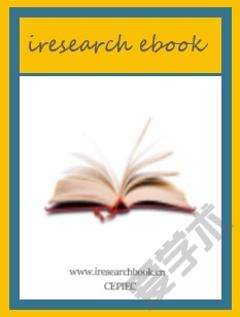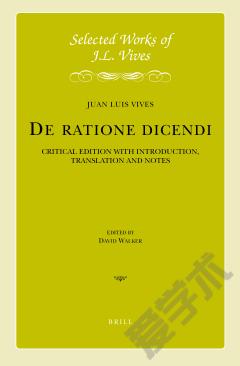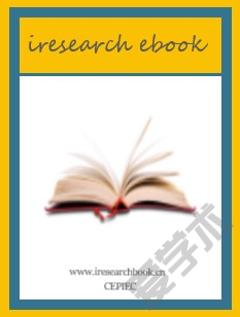Yiddish: Turning to Life.
Worldwide interest in Yiddish has often concentrated on its secular forms of expression: its literature, its theater, its journalism and its political-party associations. This all-encompassing study, covers these phenomena as well as investigating the demographic and political mushrooming of Yiddish-speaking Ultra-Orthodoxy, both in America and in Israel. As the title suggests, this volume attempts to show that Yiddish is now finally on the path towards recovery. The volume consists of 17 papers grouped into five sections: Yiddish and Hebrew: Conflict and Symbiosis; Yiddish in America; Corpus Planning: The ability to change and grow; Status Planning: The Tshernovits Conference of 1908; Stock-taking: Where are we now? Each section is prefaced by an introduction. In addition there are also five papers written in Yiddish. The work emphasises an empirical and theoretical approach to the growing Ultra-Orthodox sector, that until now, has largely been ignored. Fishman's interest in Yiddish (among other Jewish languages) has previously been difficult to access and it is hoped that the appearance of this book will go some way toward alleviating this situation. The volume also includes a statistical appendix bringing together data on Yiddish for the past 100 years from the Czarist Empire, the USSR, Poland, Israel, the USA, and other parts of the world. This extensive and enlightening study should be of interest to sociolinguists and all those engaged in efforts on behalf of small languages everywhere.
{{comment.content}}








 京公网安备 11010802027623号
京公网安备 11010802027623号